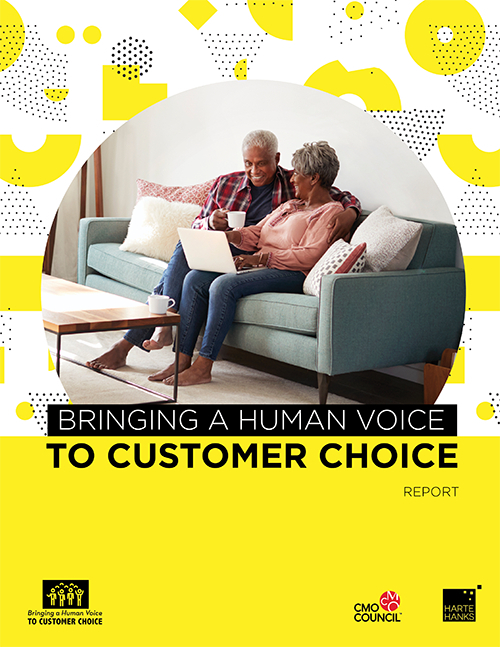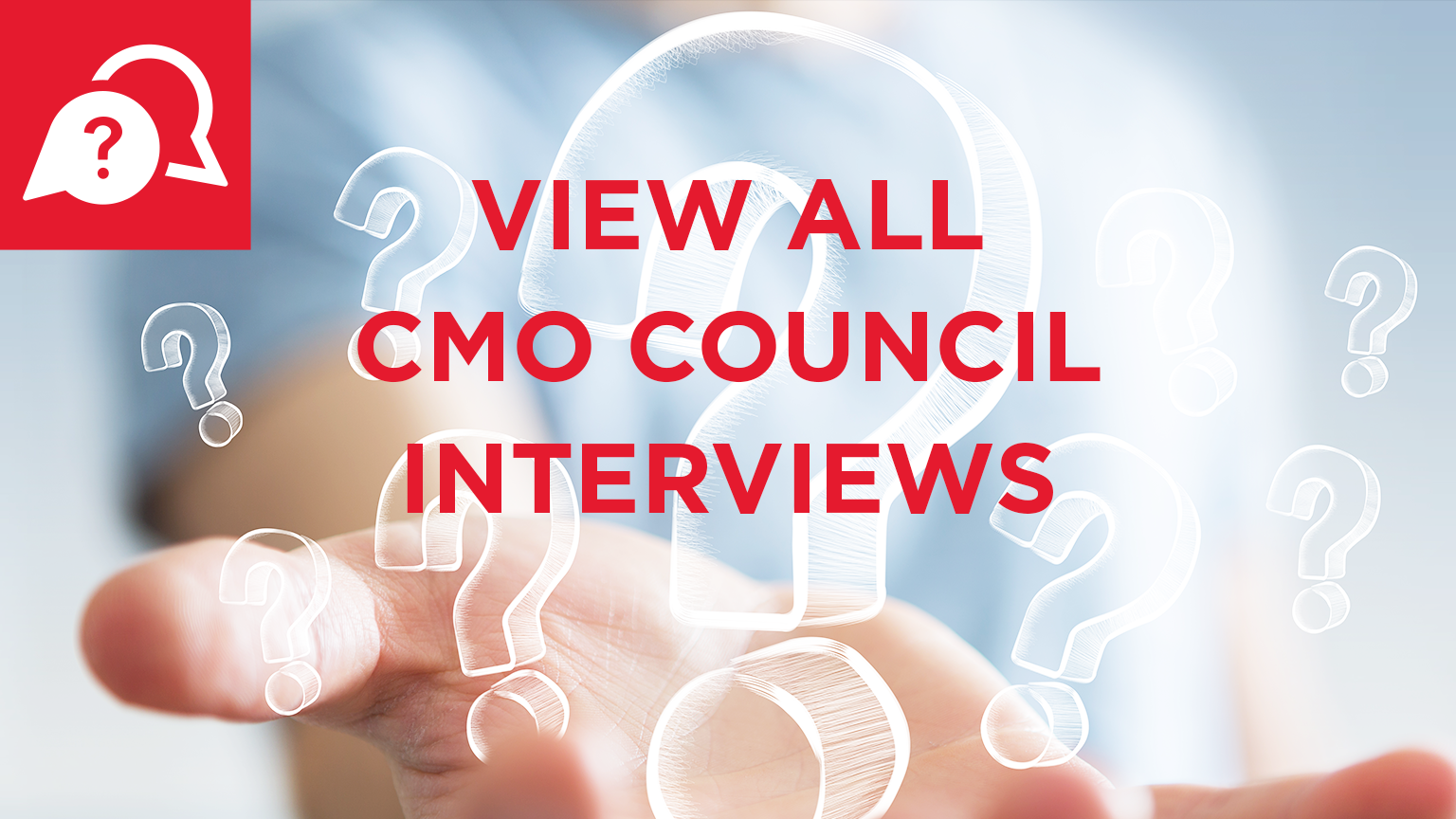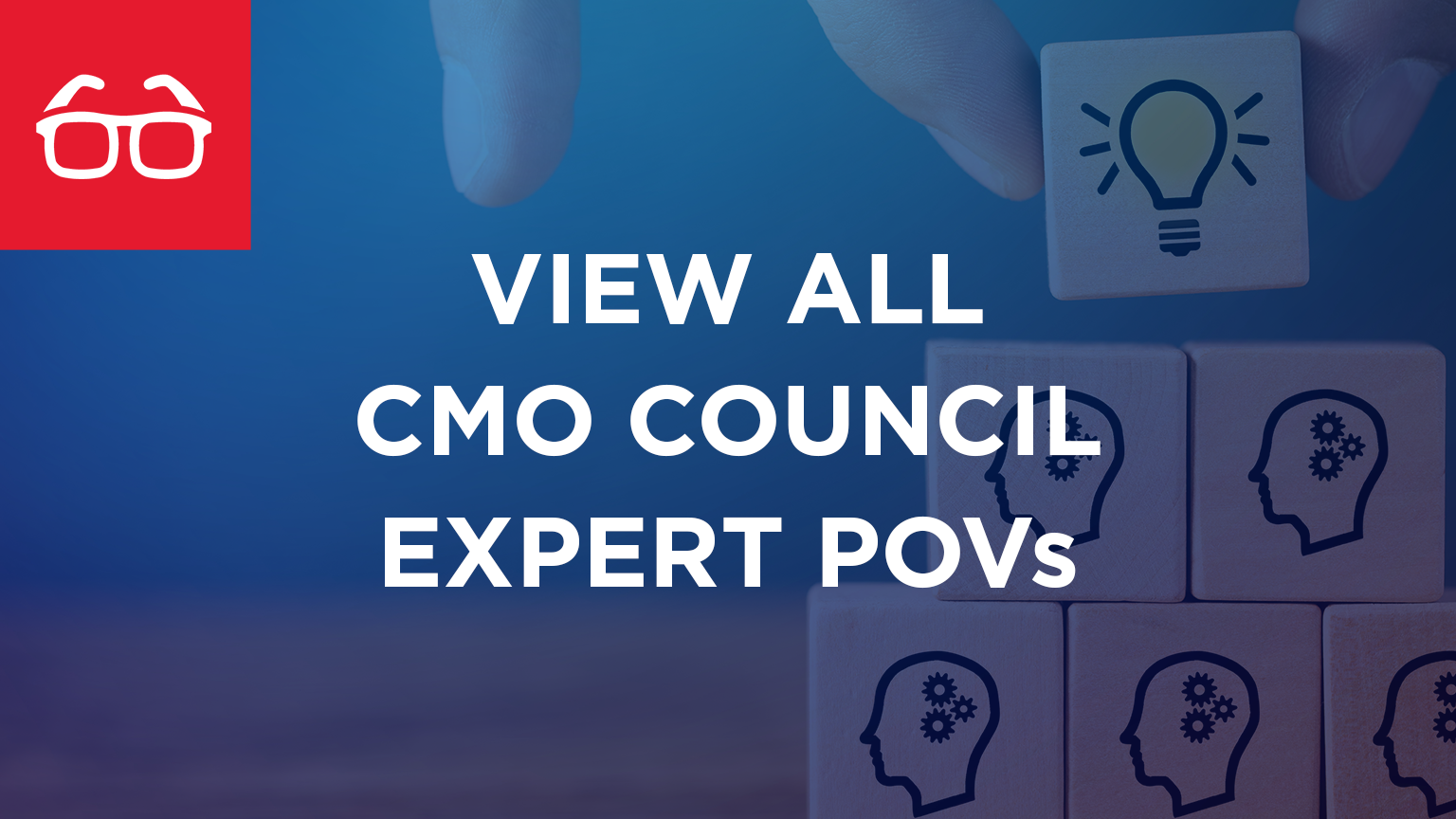Consumers are no longer making choices to do business with brands based solely on price, discounts or even past engagements. Consumers are looking for value. And most importantly, the customer is in charge, without question or doubt—and they know it. According to a recent study by the CMO Council, consumers admitted that the brands with which they do business do a relatively poor job of caring for customers once a purchase has been completed. In fact, only 17 percent of consumers felt that brands did an exceptional job of tending to the relationship post-purchase, and 21 percent felt that brands did a bad-to-horrible job of nurturing and actually building a bond.
Far too often, marketing’s strategy for building a lasting, profitable relationship with an existing customer is to encourage them to buy more—or to buy more faster. In a recent interview with the CMO Council, Frank Grillo, Chief Marketing Officer of Harte Hanks, shared that traditionally, marketing has operated as a one-way bullhorn, blasting out messages while failing to listen or engage in a way that maps and matches how relationships are actually built—through authentic, bidirectional interactions.
“Customers are leaving us tons of digital clues…they're actually having a conversation with us. We just classically don't listen,” noted Grillo. “The key is to use the technology that's available to us to mimic the human interaction as best we can. Salespeople don’t walk up to you, look at you and say, ‘Here's what you want to buy,’ right? They walk up to you and ask, ‘How may I help you?’ The human interaction is to ask you what you want and then respond.”
In marketing’s quest to transform into connected, digital and data-savvy organizations, have we left humanity and the voice of the customer in the cold? Where and how are best-of-breed brands taking Frank Grillo’s example of the human exchange and reshaping campaigns into conversations? Can customer voice be amplified and applied at scale? How are marketers looking for predictive outcomes to best map paths to react with relevance and context? Is it too late to bring the human voice back to how we engage and interact across the digital landscape? Are we just looking for permission to engage, or are we listening to how, when and why our customers are interacting and instigating conversations with our content and experiences?
To ask these questions and more, the CMO Council has partnered with Harte Hanks to investigate where and how customer voice is being elevated and brought back to power the marketing machine.









